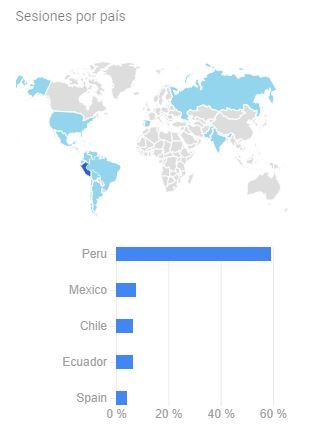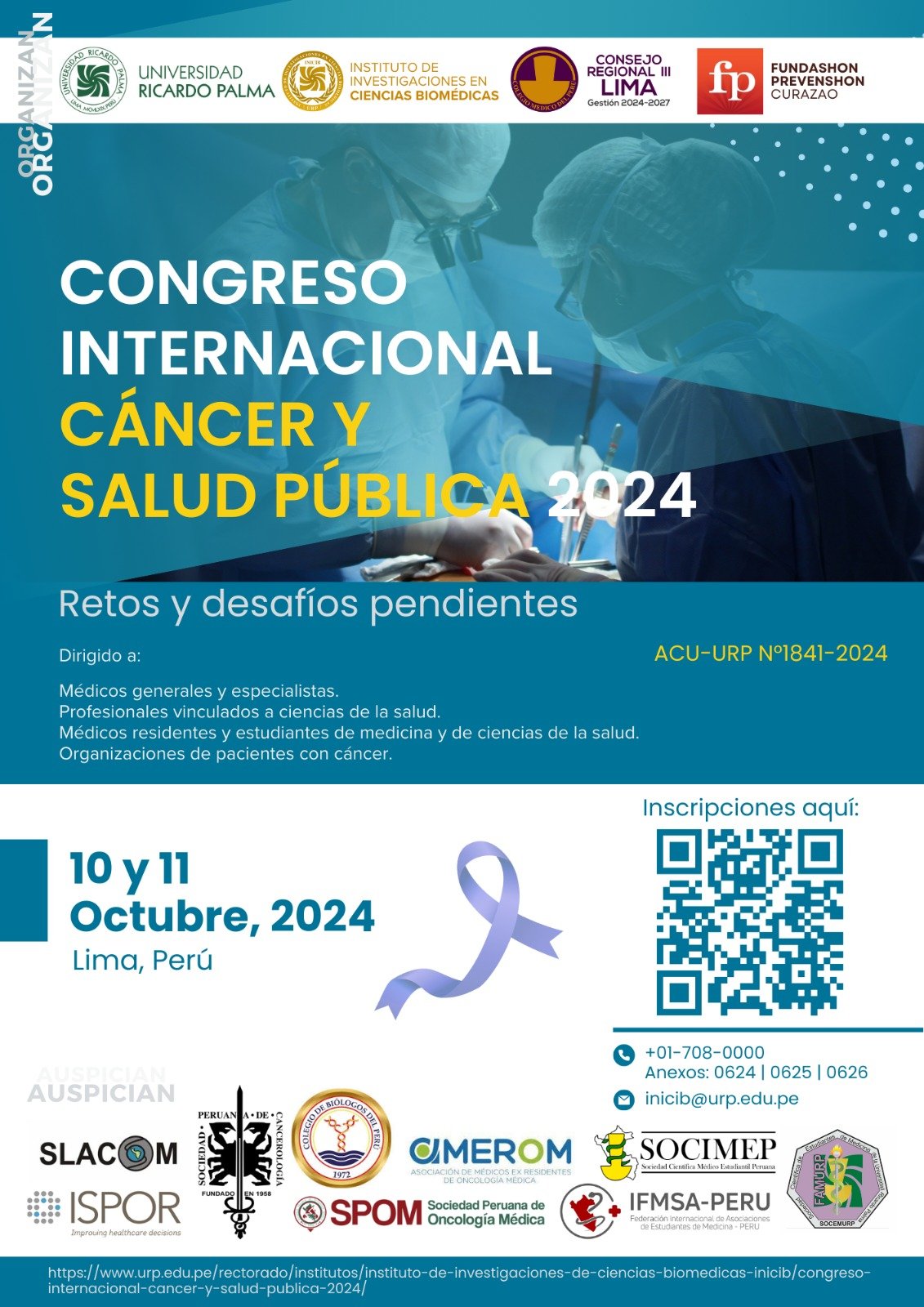Estudio histopatológico comparativo del nervio frénico proveniente de cadáveres con enfermedad pulmonar obstructiva crónica y sin esta condición
Comparative histopathological study of the phrenic nerve from corpses with chronic obstructive pulmonary disease and without this condition
DOI:
https://doi.org/10.25176/RFMH.v20i2.2785Palabras clave:
enfermedad pulmonar obstructiva crónica, nervio frénico, microscopía, autopsia.Resumen
Introducción: Los cambios funcionales resultantes de la evolución de la enfermedad pulmonar obstructiva crónica (EPOC) son progresivos e irreversibles, lo que provoca un aumento del trabajo del diafragma debido a la hiperinflación. Los nervios frénicos promueven la inervación del diafragma y pueden verse comprometidos en la condición de EPOC. Objetivo: Comparar la morfología de los nervios frénicos de los cadáveres con y sin EPOC, mediante microscopía óptica. El Estudio: Estudio descriptivo en el que las muestras de los pulmones y los nervios frénicos bilateralmente de los cadáveres con y sin diagnóstico de EPOC. Las muestras de tejido fueron fijadas y procesaron por histología convencional para laminas histológicas teñidas con hematoxilina-eosina. Las muestras fueron compuestas por pacientes con EPOC (EPOC) y sin EPOC (CTR). Esta clasificación se realizó después del análisis histológico. Las láminas histológicas se analizaron mediante microscopía óptica por un patólogo, que fue un evaluador que no conocía datos del estudio. Resultados: De acuerdo con los criterios de inclusión del estudio, se incluyeron 31 cadáveres en el grupo de EPOC y 7 cadáveres en el grupo CTR. En el análisis de los nervios frénicos, 8 cadáveres, es decir, 25.8%, del grupo de EPOC tuvieron cambios histopatológicos: edema perineural (75%, n=6), atrofia nerviosa (12.5%, n=1) e infiltrado eosinofílico perineural (12.5%, n=1). Conclusiones: Los nervios frénicos de los cadáveres con EPOC tienen tendencia a alteraciones histopatológicas, siendo el edema perineural la principal modificación encontrada.
Descargas
Citas
2. Mathers CD, Loncar D. Projections of global mortality and burden of disease from 2002 to 2030. PLoS Med. 2006;3(11):e442.
3. Singh D, Agusti A, Anzueto A, Barnes PJ, Bourbeau J, Celli BR, et al. Global Strategy for the Diagnosis, Management, and Prevention of Chronic Obstructive Lung Disease: the GOLD science committee report 2019. Eur Respir J. 2019;53(5).
4. Lange P, Celli B, Agustí A, Boje Jensen G, Divo M, Faner R, et al. Lung-Function Trajectories Leading to Chronic Obstructive Pulmonary Disease. N Engl J Med. 2015;373(2):111-22.
5. Alter A, Aboussouan LS, Mireles-Cabodevila E. Neuromuscular weakness in chronic obstructive pulmonary disease: chest wall, diaphragm, and peripheral muscle contributions. Curr Opin Pulm Med. 2017;23(2):129-38.
6. Negewo NA, Gibson PG, McDonald VM. COPD and its comorbidities: Impact, measurement and mechanisms. Respirology. 2015;20(8):1160-71.
7. Naruse M, Ishizaki Y, Ikenaka K, Tanaka A, Hitoshi S. Origin of oligodendrocytes in mammalian forebrains: a revised perspective. J Physiol Sci. 2017;67(1):63-70.
8. Bacci A, Verderio C, Pravettoni E, Matteoli M. The role of glial cells in synaptic function. Philos Trans R Soc Lond B Biol Sci. 1999;354(1381):403-9.
9. Ramírez-Sarmiento A, Orozco-Levi M, Barreiro E, Méndez R, Ferrer A, Broquetas J, et al. Expiratory muscle endurance in chronic obstructive pulmonary disease. Thorax. 2002;57(2):132-6.
10. Garara B, Wood A, Marcus HJ, Tsang K, Wilson MH, Khan M. Intramuscular diaphragmatic stimulation for patients with traumatic high cervical injuries and ventilator dependent respiratory failure: A systematic review of safety and effectiveness. Injury. 2016;47(3):539-44.
11. Martinelli LM, Boas PJ, Queluz TT, Yoo HH. Morphological prognostic factors in nosocomial pneumonia: an autopsy study. J Bras Pneumol. 2010;36(1):51-8.
12. Churg A, Brauer M, del Carmen Avila-Casado M, Fortoul TI, Wright JL. Chronic exposure to high levels of particulate air pollution and small airway remodeling. Environ Health Perspect. 2003;111(5):714-8.
13. Lagente V, Manoury B, Nénan S, Le Quément C, Martin-Chouly C, Boichot E. Role of matrix metalloproteinases in the development of airway inflammation and remodeling. Braz J Med Biol Res. 2005;38(10):1521-30.
14. Nations SP, Katz JS, Lyde CB, Barohn RJ. Leprous neuropathy: an American perspective. Semin Neurol. 1998;18(1):113-24.
15. Antia NH. The significance of nerve involvement in leprosy. Plast Reconstr Surg. 1974;54(1):55-63.
16. Walker SL, Lockwood DN. Leprosy type 1 (reversal) reactions and their management. Lepr Rev. 2008;79(4):372-86.
17. Forgione P, Barabino G, Cavalchini A, Clapasson A, Reni L, Parodi A. Pure neuritic leprosy. G Ital Dermatol Venereol. 2018;153(1):124-6.
18. Scott A, Wang X, Road JD, Reid WD. Increased injury and intramuscular collagen of the diaphragm in COPD: autopsy observations. Eur Respir J. 2006;27(1):51-9.
19. Orozco-Levi M. Structure and function of the respiratory muscles in patients with COPD: impairment or adaptation? Eur Respir J Suppl. 2003;46:41s-51s.
20. Levine S, Gregory C, Nguyen T, Shrager J, Kaiser L, Rubinstein N, et al. Bioenergetic adaptation of individual human diaphragmatic myofibers to severe COPD. J Appl Physiol (1985). 2002;92(3):1205-13.
21. DiMarco AF. Diaphragm Pacing. Clin Chest Med. 2018;39(2):459-71.
22. Proctor DN, Balagopal P, Nair KS. Age-related sarcopenia in humans is associated with reduced synthetic rates of specific muscle proteins. J Nutr. 1998;128(2 Suppl):351S-5S.

Descargas
Publicado
Cómo citar
Número
Sección
Licencia
Derechos de autor 2020 Revista de la Facultad de Medicina Humana

Esta obra está bajo una licencia internacional Creative Commons Atribución 4.0.




































